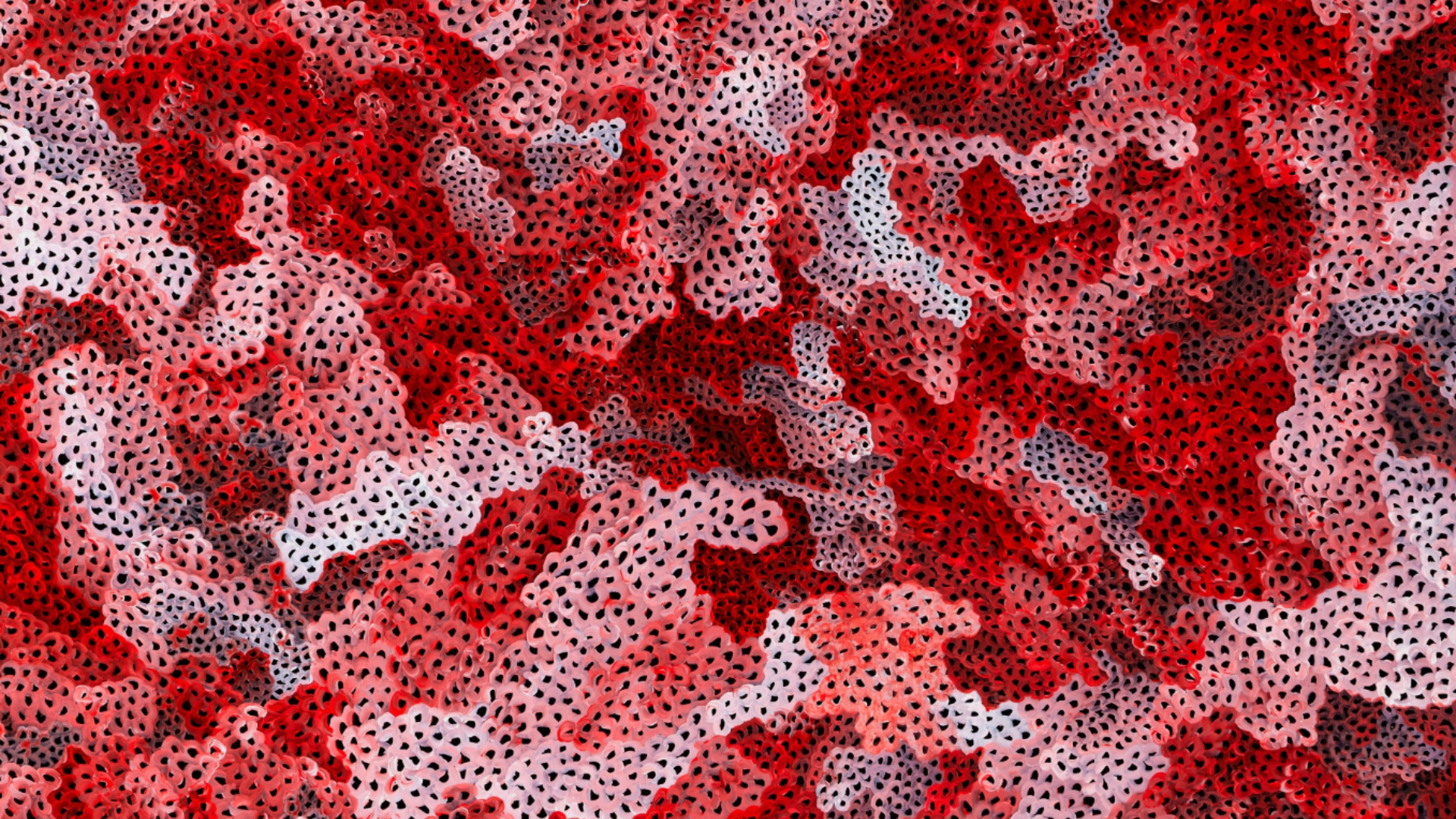Contemporary Art Investment: A Journey into Creative Wealth

In the universe of investments, art – particularly contemporary art – occupies a unique niche. It stands not merely as a testament to the creative ingenuity of the human mind but also as an asset class capable of providing financial rewards to those who know its intricacies. The journey into the world of contemporary art investment can be an enriching experience that combines financial strategy with an appreciation for culture and aesthetics.
Table of Contents
- Is it a Good Idea to Invest in Contemporary Art?
- Navigating the Art Market
- The Contemporary Art Appeal
- The Essence of Contemporary Art
- Understanding Art Valuation
- Contemporary Art vs. Modern Era Art
- Leveraging Art Investment Funds
- Tax Implications of Selling Art
- Conclusion
Is it a Good Idea to Invest in Contemporary Art?
The contemporary art market, akin to other investment areas, presents both opportunities and challenges. As an asset class, art possesses a distinctive quality: it doesn't correlate directly with conventional financial markets. This means it can provide portfolio diversification, an attribute especially appealing in times of economic uncertainty. Nevertheless, it's essential to keep in mind that contemporary art can be volatile, subjective, and risky, much like any other investment. We have a report ‘Building an Unshakeable Art Portfolio: Your Guide to Crisis-Resistant Art Investments’ that deduces how one should look at various art categories from an investment perspective and what approach to take when aiming to buy art from that particular category, according to our analysis (link below).

Navigating the Art Market
Navigating the world of contemporary art as an investor requires diligence and, often, expert counsel. Here's a basic road map:
Research: The first step is understanding the artists, their work, and the overall art market's dynamics. This knowledge can be acquired through art publications, exhibitions, talks, and online platforms.
Budgeting: Establishing a budget helps manage expectations and avoid potential financial pitfalls. Remember, it's not just about purchasing an art piece but also maintaining and ensuring it.
Seek Expert Advice: Art advisors or experienced collectors can provide valuable insights into the market and individual pieces. Their experience can guide novice collectors through the process.
Purchase: Artworks can be bought from various sources, such as art galleries, art fairs, auctions, or directly from the artist.
Collection Management: Keeping track of the value of your artworks and maintaining their condition is essential for preserving and possibly enhancing their value.



The Contemporary Art Appeal
People love contemporary art for numerous reasons. It resonates with the current era, reflecting themes and ideas that connect with the audience on a deeper level. Beyond the visual allure, it serves as a cultural dialogue, intellectually engaging and pushing boundaries of perceptions.
The Essence of Contemporary Art
Contemporary art holds a mirror to society, capturing current issues and trends in a myriad of creative expressions. It fosters critical thinking, provokes dialogue, and challenges societal norms. In a rapidly evolving world, contemporary art reflects and often anticipates changes, thus making it an essential part of our cultural landscape.
Understanding Art Valuation
The high price tags associated with contemporary art can be attributed to various factors like scarcity, the artist's reputation, critical acclaim, the artwork's provenance, and market demand. Prices can also be influenced by speculative buying, with buyers hoping for significant appreciation over time. Yet, the value of contemporary art remains subjective, emphasizing the importance of purchasing pieces that appeal to you aesthetically or conceptually.
Contemporary Art vs. Modern Era Art
It's important to distinguish between modern era and contemporary art. Modern era art typically refers to works produced between the 1880s and the 1909s, encompassing styles like impressionism, cubism, and surrealism. Contemporary art, however, pertains to works created from the 1930s onwards, reflecting a diverse range of mediums and styles. Their valuations and appreciation differ with respect to trends, external factors and the actual art itself. We refer to our report (link below), that effectively dissects these two segments from an investment standpoint.

Leveraging Art Investment Funds
There are funds and platforms dedicated to art investment, such as Masterworks, Fine Art Group, and Artemundi Global Fund. These funds pool money from multiple investors to buy and manage a portfolio of artworks, providing a more accessible route into the art market.


Tax Implications of Selling Art
Tax rules can vary based on your location and specific circumstances, so professional advice should be sought to ensure compliance.

Conclusion
The journey into contemporary art investment can be thrilling and rewarding, both financially and aesthetically. But as with all investments, it requires patience, research, and careful management. By understanding the nuances of the art world, you can embark on a truly enriching journey into creative wealth.






